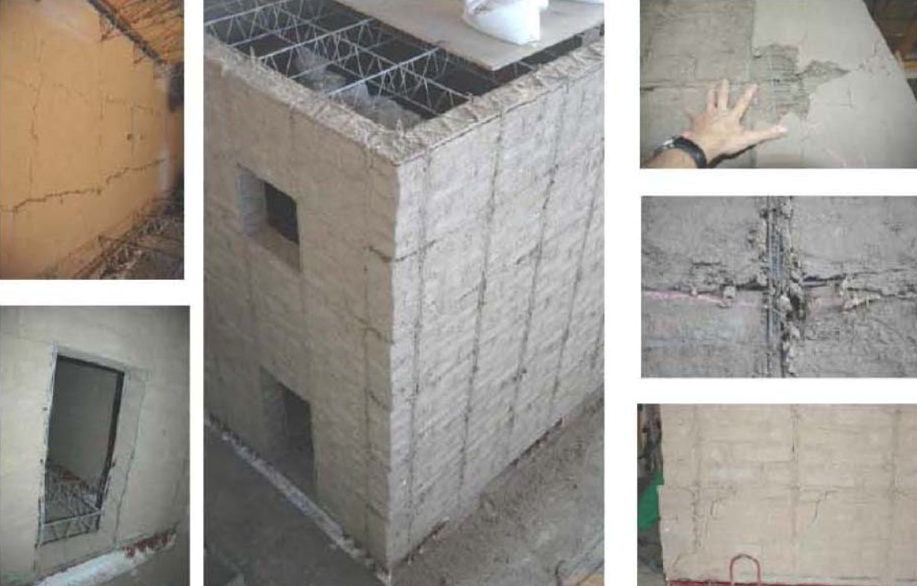Adell1, B. Orta2, R. Bustamante3, A. García-Santos4, S. Vega5
- Professor Universidad Politécnica de Madrid. Escuela Superior de Arquitectura. Departamento de Construcción y Tecnología Arquitectónicas. TISE (Técnicas Innovadoras Sostenibles Edificación), josep.adell@upm.es
- Professor Universidad Politécnica de Madrid, E. T. S. de Arquitectura. Profesor Titular Interino del Departamento de Estructuras de Edificación. TISE (Técnicas Innovadoras y Sostenibles Edificación), belen.orta@upm.es
- Associate Proffesor Universidad Politécnica de Madrid. Escuela Superior de Arquitectura. Departamento de Construcción y Tecnología Arquitectónicas, restauracion.arquitectura@upm.es
- Professor Universidad Politécnica de Madrid. Escuela Superior de Arquitectura. Departamento de Construcción y Tecnología Arquitectónicas. TISE (Técnicas Innovadoras Sostenibles Edificación) alfonso.garciasantos@upm.es 5 Professor Universidad Politécnica de Madrid. Escuela Superior de Arquitectura. Departamento de Construcción y Tecnología Arquitectónicas. TISE (Técnicas Innovadoras Sostenibles Edificación), sergio.vega@upm.es
ABSTRACT
This paper presents an adaptation of the Integral Masonry System (IMS) developed in Europe under the trade name of the “AllWall System”, for concrete or clay, block or brick masonry walls using just mortar. In this case the system is modified to suit adobe block to allow the construction of housing in seismic areas.
The prefabricated truss-reinforcement employed in the IMS is made from electrowelded galvanized wire and comes in 5.85 m lengths arranged in the form of a 0.3 m truss. This trussreinforcement may intersect in the three spatial directions and allows the construction of reinforced walls and slabs with these very lightweight and manageable components. These only require infilling with adobe to provide sufficient rigidity to the structure.
A two-storey 3 m x 3 m x 3 m adobe based integral masonry system has been tested on a seismic plate at one half scale at the PUCP (Pontificia Universidad Católica del Peru) in Lima in collaboration with the UPM (Universidad Politécnica de Madrid) in order to assure the viability of this new type of building construction for seismic areas in the Third World.
The results of this test (at 0.5 scale of a 6 m x 6 m x 6 m building ) have shown that the Integral Masonry System remains stable without significant cracking, even with a 0.13 m displacement seismic movement equivalent to a magnitude of 10 on the Richter scale.
KEYWORDS: Integral Masonry System, earthquake resistant construction, adobe, trussreinforcement
C2-3



